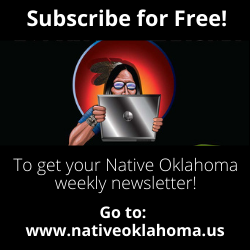

Choctaw Nation finalizes car tag compact, but larger tribal tag issues remain
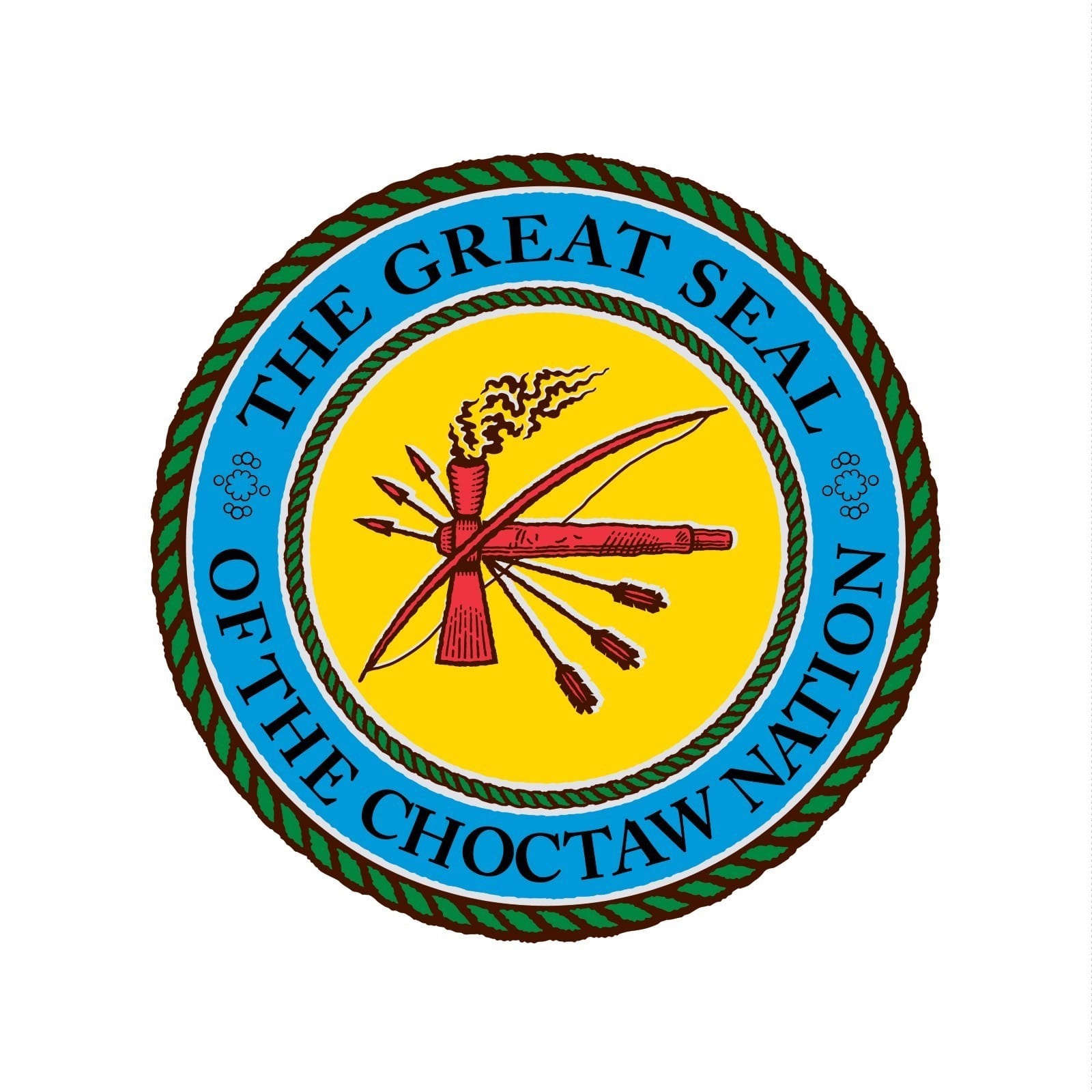
by Melissa Jacques & Steve Metzer
OKLAHOMA CITY — Despite rising concerns about motorists with tribal tags not paying tolls on Oklahoma turnpikes, a bill addressing that issue stalled in committee on Tuesday.
One of the loudest voices on this issue has been Gov. Kevin Stitt, who has shared his concerns multiple times. Most recently he emphasized that the new car tag compact with the Choctaw Nation “ensures our turnpike authority can collect tolls on all drivers who travel on our turnpikes.”
The governor announced that Oklahoma and the Choctaw Nation had finalized a car tag compact on Monday. The agreement will not need to be renewed for 10 years and allows Oklahoma to continue printing tags for the Choctaw Nation and to collect information on each tag.
“This is our 12th compact finalized with tribal governments since the end of 2023. I am grateful to the Chickasaw and Choctaw Nations for their ongoing partnership and willingness to come to an agreement on car tag compacts. These compacts continue the existing commitment to transparency and public safety,” Stitt said in a press release on the deal.
The governor said this compact wording would be available for any tribal government to enter into, and he encouraged the Legislature to use the compact as a model.
“Agreements between Oklahoma and our tribe regarding license plates have always been beneficial for our tribal members, for the state and for our communities. Renewing this compact improves state finances and enhances public safety,” Choctaw Chief Gary Batton said.
The Cherokee Nation is also negotiating a car tag compact with the state, but it has a system that is different from the Choctaw Nation. The Cherokee government runs its own tag agencies and then submits driver information to the state.
“The Cherokee Nation is continuing discussions with the Governor’s Office on our motor vehicle tag compact. The tribe’s existing motor vehicle compact framework in place for two decades has served as a model and for the betterment of our communities,” said Cherokee Nation Attorney General Chad Harsha.
Meanwhile, Senate Bill 1907 would have created a remedy for the Oklahoma Turnpike Authority to use in collecting tolls from people with tribal tags without having to rely on compacts, but it did not pass through a committee.
According to Rep. Carl Newton, R-Cherokee, the House author of SB 1907, it has been estimated that about $30 million in toll revenues have been lost annually since the OTA implemented PlatePay, the system of “reading” license plates and then sending toll bills to the addresses of turnpike users who aren’t enrolled in the PikePass system.
Much of the toll money lost can be attributed to motorists who reside in other states and who get bills but don’t pay them. Some of the lost revenue can be attributed to things like people pulling trailers that obscure their license plates, Newton said.
But about $11 million of the lost revenue relates to tribal tags.
SB 1907 would have allowed the Department of Public Safety to forward tribal tag information accessible through the Oklahoma Law Enforcement Telecommunications System to the OTA. The information would have been limited to names and addresses of turnpike users for use exclusively in billing for tolls.
Newton said two tribes in the state have relationships with Service Oklahoma and allow for their tribal tag information to be shared with the OTA. Tribal tag information of 24 tribes is visible to the Oklahoma Law Enforcement Telecommunications System but currently is not shared with the OTA. Tribal tag information of six tribes is not visible to OLETS.
“We’re just trying to find an avenue to allow for this (plate reading and toll collection) to be done in a safe manner but yet everybody to pay their fair share,” Newton said.
Rep. David Hardin, R-Stilwell, a member of the House Public Safety Committee, questioned the legality of allowing OLETS information, which he said should be reserved for the use of law enforcement, to be shared with a non-law enforcement agency such as the OTA. Another committee member, Rep. Regina Goodwin, D-Tulsa, suggested that the state and tribes might still be able to resolve Plate Pay issues without intervention by the Legislature.
SB 1907 nearly failed with no vote taken, as no member of the committee initially made a motion for it to pass. Eventually a motion was made, however, but the measure failed on a vote of 6-2.
News of the bill’s defeat was hailed by the Oklahoma Intertribal Tax Association, which had lobbied against it out of concern that tribal tag information shared with the OTA could be misused.
“The Tribes in Oklahoma decided to share information with DPS to help with public safety. Tribes did not agree to provide this information to OTA to help Oklahoma collect tax revenue from tribal citizens,” the association said in a statement. “The inability to collect tolls from Tribal Nations is an issue created by OTA due to their lack of planning and consultation prior to implementing a new collection system.”
In addition to privacy concerns, the Oklahoma Intertribal Tax Association said SB 1907 would have infringed on tribes’ treaty rights, including rights of uninterrupted travel on tribal reservations.
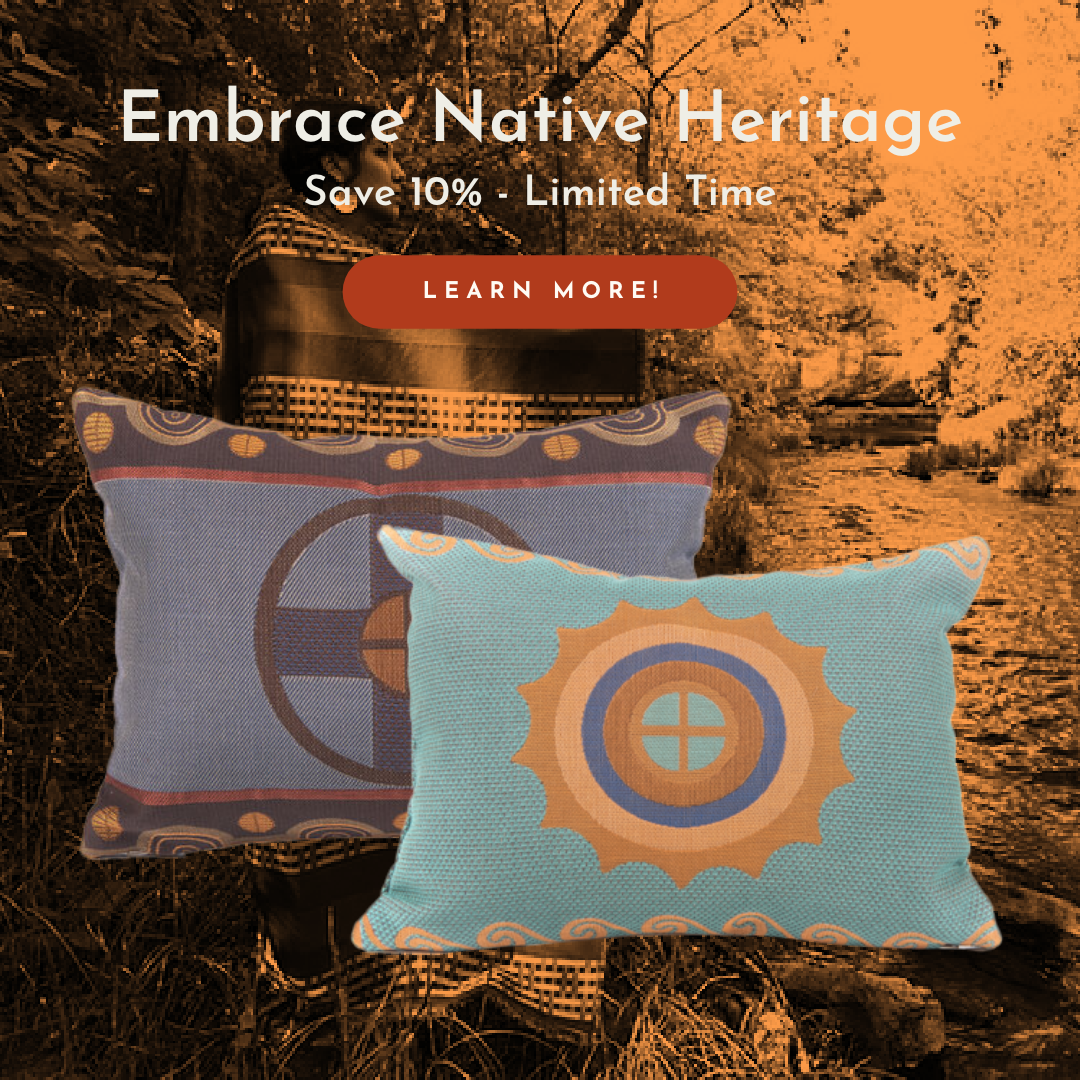
Top honors announced at 53rd annual Trail of Tears Art Show
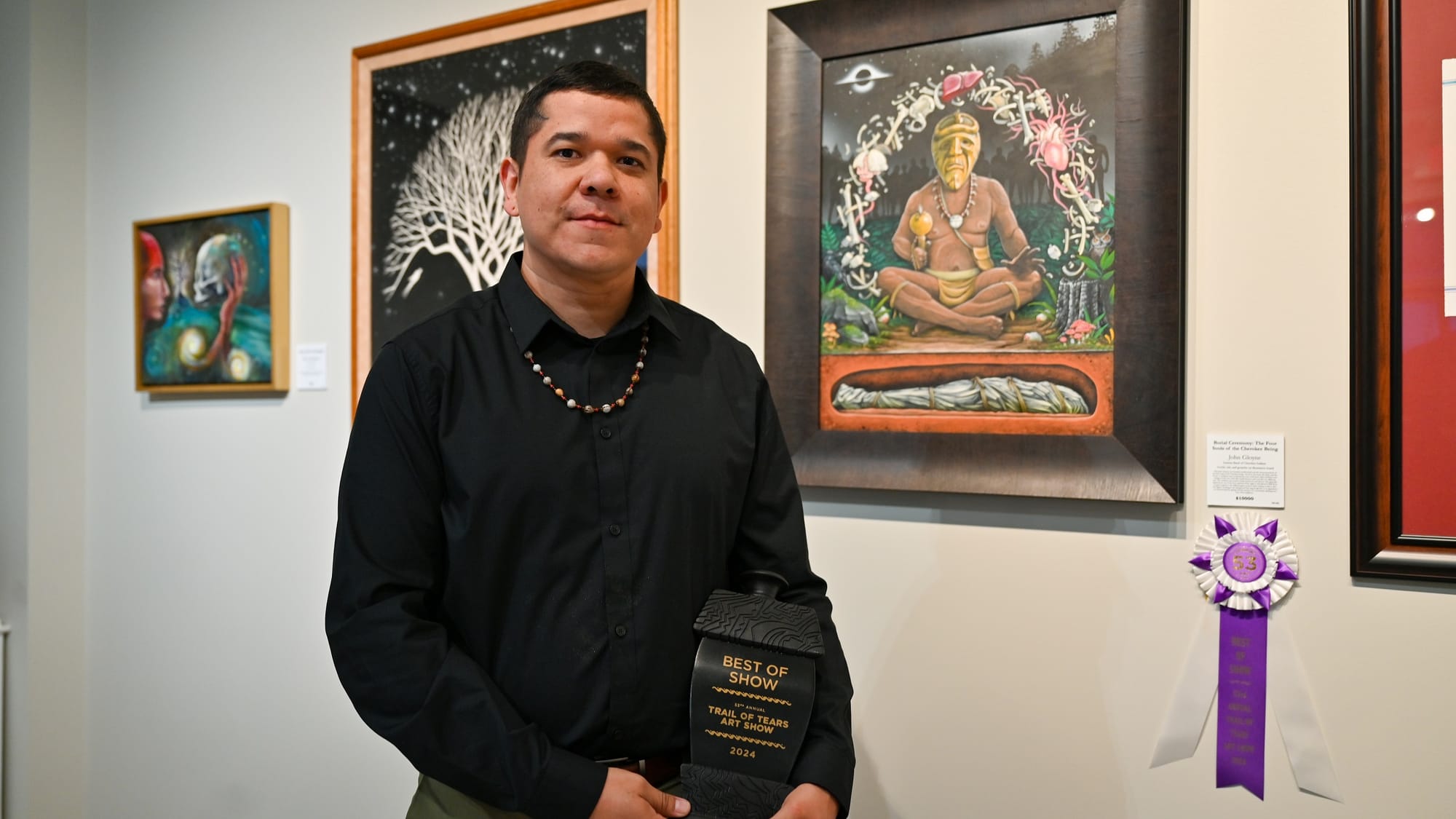
Inter-Tribal show runs April 6-May 11 at Cherokee Springs Plaza
TAHLEQUAH, Okla. – The longest-running Native American juried art show and competition in Oklahoma announced its top honors during a special reception on April 5 at the gallery in Cherokee Springs Plaza.
The 53rd annual Trail of Tears Art Show opens to the public April 6 through May 11 and features a variety of authentic Native art, including 173 works from 105 artists, representing 21 tribal nations. Four Cherokee National Treasures were showcased in this year’s show including Harry Oosahwee, Kathy Van Buskirk, Lena Stick and Troy Jackson.
The evening was hosted by Cherokee Nation Secretary of State Shella Bowlin, with awards distributed by Cherokee National Historical Society Board Chair Christy Neuhoff and Miss Cherokee Keeleigh Sanders.
John Henry Gloyne, Eastern Band of Cherokee Indians, was recognized as this year’s Best of Show for his piece, “Burial Ceremony: The Four Souls of the Cherokee Being.” The acrylic and gouache painting depicts Cherokee burial rituals and the interconnections of the four souls of the Cherokee being: the liver, heart, brain and bones.
“Each year the Trail of Tears Art Show is a reminder to us all of the importance of Native artwork and the role it plays in cultural promotion and preservation,” said Cherokee Nation Principal Chief Chuck Hoskin Jr. “These artists are storytellers and culture keepers. Their work shares the stories of the tribulations and triumphs that have impacted Native nations throughout history and often are a beacon of light into the thriving nations we have become today.”
Through the juried show, artists compete for more than $18,000 in various categories. The following summary highlights the grand prize, first place and special award winners:
|
Trail of Tears Art Show
Category / Place |
Artist Name /
Affiliation / Art Piece |
|
BEST OF SHOW |
John
Henry Gloyne, Eastern Band of Cherokee Indians, “Burial Ceremony: The Four Souls of the Cherokee
Being” |
|
Painting,
First Place |
Kenny
Henson, Cherokee Nation, “Clan Spirits” |
|
Sculpture,
First Place |
Charlie
Nichols, Cherokee Nation, “Feathered Indian” |
|
Basketry,
First Place |
Hattie
Lee Mendoza, Cherokee Nation, “Starry Dreams” |
|
Pottery,
First Place |
Troy
Jackson, Cherokee National Treasure, “ᏌᎵ (Persimmon)” |
|
Jewelry,
First Place |
Tyran
Cartledge, Cherokee Nation, “The Guides” |
|
Textiles,
First Place |
Jamie
Bennett, Muscogee Creek Nation, “C’etto (Winged Serpent)” |
|
Miniatures,
First Place |
Ronald
Mitchell, Cherokee Nation, “Flight from the Homeland” |
|
Diverse
Art Forms, First Place |
Stanley
Charging, Mandan, Hidatsa and Arikara Nation, “Unity” |
|
Drawing,
Graphics and Mixed Media |
Michael
Mounce, Cherokee Nation, “3 Sisters” |
|
Photography/Digital
Art, First Place |
Jacob
Long, Eastern Band of Cherokee Indians, “Sun Eater” |
|
Trail
of Tears Award |
Sayo’:kla
Kindness Williams, Oneida Nation, “Healing Coat: Remembering the Journey of
On^yote?a:ka (The People of the Standing Stone)” |
|
Emerging
Artists, First Place |
Gregory
Standridge, Choctaw Nation, “Tu loc Chish ko” |
|
Jennie
Ross Cobb Photography Award |
Jacob
Long, Eastern Band of Cherokee Indians, “Waymaker” |
|
Betty
Scraper Garner Elder Award |
Ernie
Poindexter, Cherokee Nation, “At The End of The Trail” |
|
Bill
Rabbit Legacy Award |
Joseph
Byrd, Cherokee Nation, Osage Nation and Quapaw Nation, “ᏣᎳᎩ
ᏓᎧᏁᎲ (Cherokee
Knot)” |
Voting for the iconic People’s Choice Award will begin Tuesday, April 9 and continue both in-person and online by liking your favorite artwork on facebook at www.facebook.com/VisitCherokeeNation through May 11.
The 53rd annual Trail of Tears Art Show is on display at the gallery in Cherokee Springs Plaza. Artwork featured in the show is available to purchase online and in person. For more information and a full list of this year’s winners, please visit https://www.visitcherokeenation.com/trail-of-tears-art-show
Arts Festival brings artists, fans to Sulphur
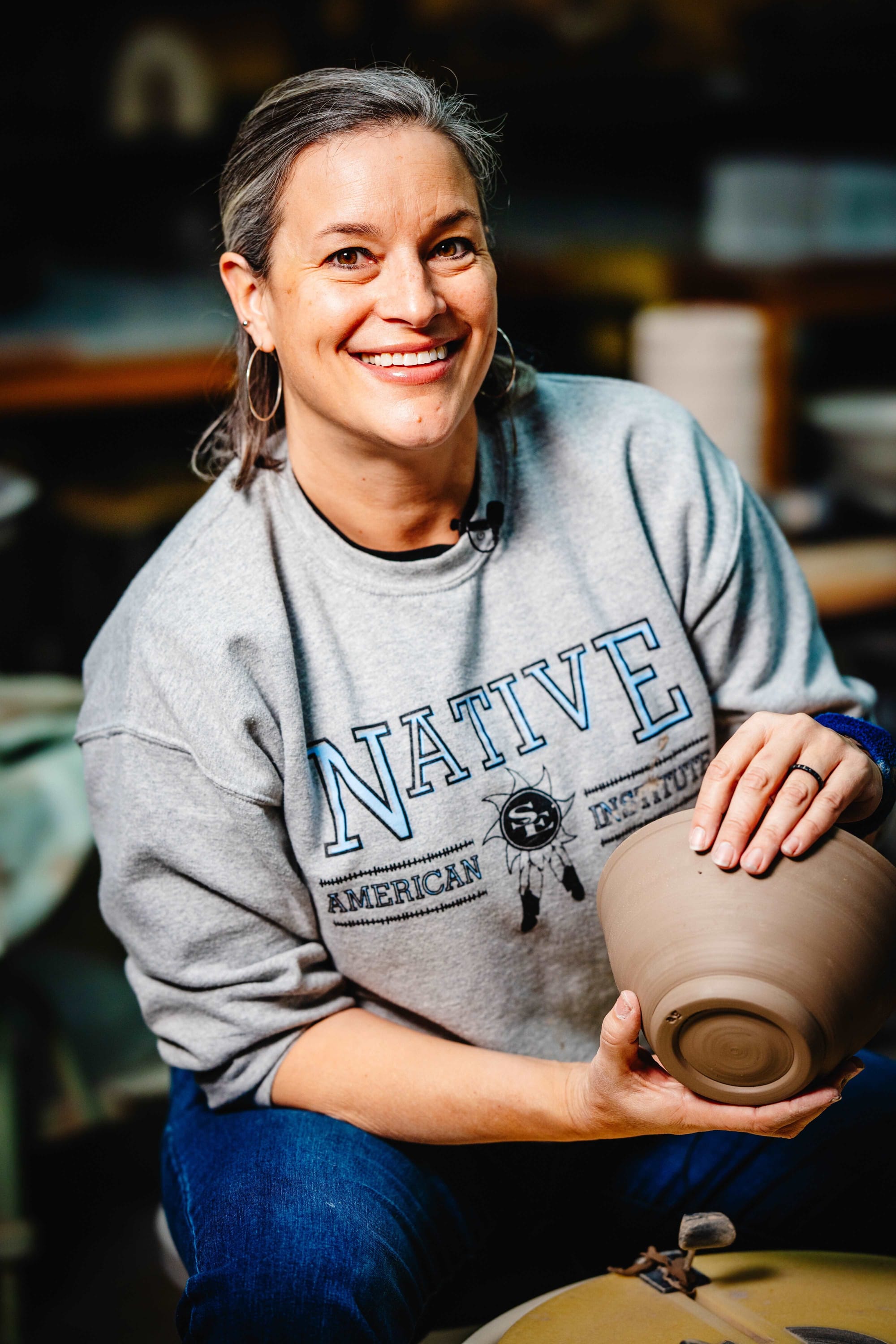
Artist and university associate professor Amy Gantt will return for the 11th annual Artesian Arts Festival taking place 10 a.m.- 6 p.m., Saturday, April 13, in Sulphur, Oklahoma. Her third appearance, Gantt hopes to take a ribbon once again in her division during the juried art show taking place during the festival.
“The Artesian Arts Festival is amazing,” Gantt said. “I am in awe with how many people come out. Both the number of artists and people. The festival is crowded. Artists sell quite a few things. It is a good time for everyone.”
Gantt placed third at the Artesian Arts Festival in the graphic arts category with “Sun Circles I” in 2022 and first with “Rings of Fire III” in 2023. Prints created by using the block printing process, “Sun Circles I” and “Rings of Fire III” are two-dimensional (2D) pieces showing both length and width, but not depth. 2D art is a popular format for graphic artists and block print enthusiasts.
“I go back and forth between creating 2D art and working with clay,” Gantt said. “Both ceramics and block prints are my favorite media. First American art can be both 2D and other types of art, like baskets and pottery. There are examples of both.”
Block printing is primarily Gantt’s fine arts outlet. One of the oldest printing methods, block printing is the process of printing patterns using blocks of engraved wood, or other materials, to apply images to objects. It is a 2D artform.
“The kind of prints I make are called block prints,” Gantt said. “Block printing is basically making a stamp. Artists use just about anything, a piece of wood, rubber or even linoleum, to carve a design into.”
“Once the design is carved, it is time to ink the block (stamp). When the artist rolls ink across the stamp, the parts that are raised collect the ink. The parts that are carved out of the stamp stay white. The artist then runs the stamp through a press, which in turn makes an image on the paper,” Gantt said.
“In some cases, I will fill several pages with stamped images, then cut parts out from each page and combine them together to form a collage. I also enhance the image with watercolor paint as needed,” Gantt said.
Block printing is one of the slowest forms of printing. If multiple colors are used, each must have its own individually carved “stamp.” Each stamp must be aligned perfectly to the other stamps and the substrate printed upon. Block printing allows artists to capture unique images, patterns and styles that are otherwise unobtainable.
Block prints often fall within the graphic arts or mixed media divisions when judged. Gantt also works with ceramics which allows her to create beautiful, utilitarian pieces.
Both her block prints and ceramic creations have been featured at the Chickasaw Visitor Centers in Sulphur, Tishomingo and Davis, Oklahoma.
“Artistically, I feel like my prints are stronger pieces to be judged,” Gantt said “My ceramics are more functional pieces. Cups, bowls and those types of things. I have always enjoyed creating ceramics. I began making ceramics in middle school art classes.”
As a Southeastern Indian tribal artist, Gantt has also participated in the Southeastern Art Show and Market (SEASAM) beginning in 2019. SEASAM is hosted by the Chickasaw Nation during the Chickasaw Annual Meeting and Festival in Gantt’s hometown of Tishomingo, Oklahoma.
“I love SEASAM,” Gantt said. “It takes place minutes from my house.”
Gantt has placed in the top three of her categories at SEASAM and at last year’s inaugural Hushtola’ Art Market conducted at WinStar World Casino and Resort.
“Hushtola’ means winter in Chickasaw. This market takes place in December at WinStar (World Casino and Resort),” Gantt said. “There were artists from all over. It took place in the conference center. I met some new people and saw some old friends.”
The Artesian Arts Festival is a community celebration of First American fine art and artists. The juried art show and market features awards and cash prizes in 21 categories, as well as “Best of Division” and “Best of Show” awards.
Competition categories at the Artesian Arts Festival include drawing, graphic arts, mixed media, painting, photography, jewelry, sculpture, textiles, 3D diverse, beadwork/quillwork, pottery, traditional dress and regalia, weaponry and cultural diversity.
“The Artesian Arts Festival really brings attention to what Oklahoma has to offer,” Gantt said. “Having so many artists adds to the festive atmosphere of Sulphur. I met people the first year that came up from Texas. They were interested in seeing what was going on. The Artesian Hotel, the park (Chickasaw National Recreation Area) and everything Sulphur has to offer makes it quite the draw.”
The Artesian Arts Festival takes place at the Artesian Plaza, adjacent to the Artesian Hotel, Casino and Spa, 1001 W. First Street. Artist booths line the Artesian Plaza. “It’s touching for me as an artist that people will spend their money on something I made,” Gantt said. “I have had someone buy a cup from me. Years later she told me she uses it every day and that it is her favorite cup. That made my whole show.”
The festival is open to the public at no cost. More than 10,600 individuals attended last year. Festival attendance grows annually. The family friendly event also draws an eclectic mix of cuisine from local food trucks. A wide variety of musical entertainment and tribal dance demonstrations are also planned.
First Americans from tribes across the U.S. will be represented at the Artesian Arts Festival. All skill levels of artists will be present, from professional to amateur.
“My Chickasaw heritage allows me to be a part of a big family,” Gantt said. “As an artist, the Chickasaw Nation provides many opportunities to interact with others. We get to know each other. Any time I set up at one of the Chickasaw events, it is like a big reunion.”
A Chickasaw Scholar
Although an artist nearly all her life, Gantt considers herself a teacher and student first and foremost. She has been teaching college students nearly 20 years. She began teaching at Murray State College in Tishomingo in 2006 and at Southeastern Oklahoma State University (Southeastern) in Durant, Oklahoma, in 2010. Her primary focus is art history and studio art.
Gantt also teaches Chickasaw language and culture classes at Southeastern. In the past, she taught Chickasaw Clemente classes at Murray State College.
“Clemente classes originally taught students humanities and the classics,” Gantt said. “The idea spread to tribes. Tribes started using the Clemente format to teach their own history, from their own perspective. Clemente classes at Murray State College and East Central University (in Ada) teach our history and culture from our point of view.”
Education has played an important role in Gantt’s life. She earned a Bachelor of Fine Arts from the University of North Texas in Denton and a Master of Fine Arts from Texas Woman’s University, also in Denton. She has also earned a Master of Science in Native American Leadership from Southeastern Oklahoma State University.
In addition, Gantt has had extensive education in the Chickasaw language. She has completed the master[1]apprentice language program offered through the Chickasaw Nation. She views language as one of the most important aspects of a culture.
“I participated in the Chickasaw master-apprentice language program for about five years. Language is part of a person’s culture. There are ideas and concepts expressed and housed within a language that don’t always translate well,” Gantt said. “Preserving language is important in preserving this knowledge.”
The Chickasaw Nation’s language program has evolved from traditional one-on-one, master-apprentice language learning and now offers a group immersion approach in the Chikasha Academy Adult Immersion Program.
“The immersion program is awesome,” Gantt said. “I think it is going to be the way that we develop new speakers. We can’t let our language die out. If we do, we are losing a piece of our culture and a mark of identity.”
Gantt spent more than 12 years employed by the tribe, two of those working at the Chickasaw Council House Museum in Tishomingo. Combined, these experiences make her uniquely qualified to teach Chickasaw history and language at the university level.
Well versed in Chickasaw history and culture, Gantt has been invited to be a presenter at the Dynamic Women of the Chickasaw Nation Conference four different years.
The Dynamic Women of the Chickasaw Nation Conference recognizes the strength and leadership of Chickasaw women from all walks of life. It salutes their valuable contributions, talents and skills to the community.
Gantt’s roots are steeped in Oklahoma history. She is the daughter of Mike and Connie Von Tungeln, receiving her Chickasaw heritage from her father. Her great-great-great grandfather is Governor Cyrus Harris. Governor Harris was the first elected Chickasaw Governor in Indian Territory. Her great-grandfather, Charles Penner, signed the original Dawes Rolls.
Located a mere 20 miles from Gantt’s hometown of Tishomingo, the Penner Ranch was established in 1854. The Penner family continue to operate the ranch, now named Penner Angus Ranch. The ranch is located near Mill Creek, Oklahoma.
The ranch was developed around the Penner family’s original Chickasaw allotments. The ranch once encompassed 11,000 acres. Currently, the ranch is nearly 5,000 acres and is the oldest continuous business in Oklahoma.
“My grandmother grew up on the Penner Ranch,” Gantt said. “We have some of our family’s allotment land in the area. The Penners of the Penner Ranch are first cousins to my grandma.”
Tribal Ready Partners with gaiia to Offer ISP Support to Indian Country

Washington, D.C. – Tribal Ready, PBC is proud to announce a new partnership with gaiia that will help Tribes own and manage their broadband utilities. With access to gaiia’s OSS/BSS platform for internet service provider (ISP) management, Tribes can control their internet and protect their data sovereignty.
“Tribal Ready is committed to connecting Tribes to internet service, but it is a priority for us to do so in a way that safeguards the sovereignty of Tribal nations,” said Joe Valandra, CEO and Chair of Tribal Ready. “We are excited about this relationship with gaiia as it will give our clients the power and independence to regulate their networks while ensuring the security of their data.”
gaiia was created in 2021 and offers a simple platform to run an ISP, with an all-in-one solution for billing, operations, automation, customer management, customer portal, and everything in between. Tribal Ready, as a native-owned and governed company, is focused on advancing tribal sovereignty to unleash the power and potential of Native communities by helping clients secure access to broadband funding, planning, and resources. Together, gaiia and Tribal Ready provide a one-stop shop for Tribes looking to start their journey to develop and own their broadband services.
“gaiia is honored to partner with Tribal Ready to help empower Tribes across the country with the ability to manage their broadband,” said Marc-Andre Campagna, CEO and Co-Founder of gaiia. “Our platform is the perfect all-in-one solution for Tribal communities to safely and effectively manage their networks.”
About Tribal Ready, PBC:
Tribal Ready is a Native American-owned and governed company with decades of expertise in communication network design and delivery to high-cost rural areas. Our mission is to ensure high-speed broadband reaches every Native American individual and community. We are committed advocates for tribal sovereignty, fighting for the right to govern our communities and benefit from access to modern technology.
